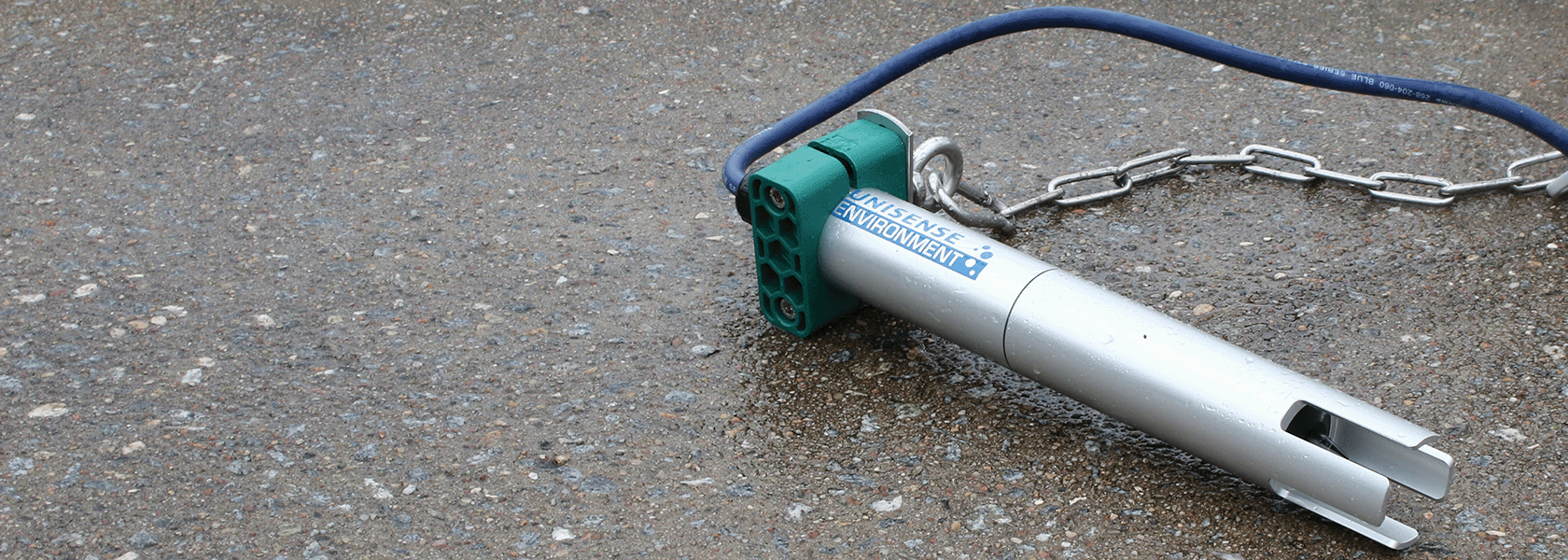

Measuring N2O Emissions in Wastewater Treatment
Read the full report (published April 2025) from the Danish Environmental Protection Agency here: AWAIRE Development and testing of techniques for measuring N2O emissions from wastewater treatment plants
The AWAIRE project validates Unisense Environment’s full-scale emission measurements against accredited drone flux measurements and the tracer gas dispersion method which is also used for methane leak emissions. The measurements have been carried out in 4 out of 8 process tanks at the BIOFOS Avedøre water resource recovery facility.
The report builds on more than 400 measurements made over a period of 2 years.
The AWAIRE monitoring is made on the same plant as the VARGA project (from wastewater treatment plant to water resource recovery facility): Direct Effect of Activated Sludge Concentration on N2O Emission and CO2-equivalents at Full-scale
All references (in-text) to specific methods, comparisons, and results are drawn from the AWAIRE Report.
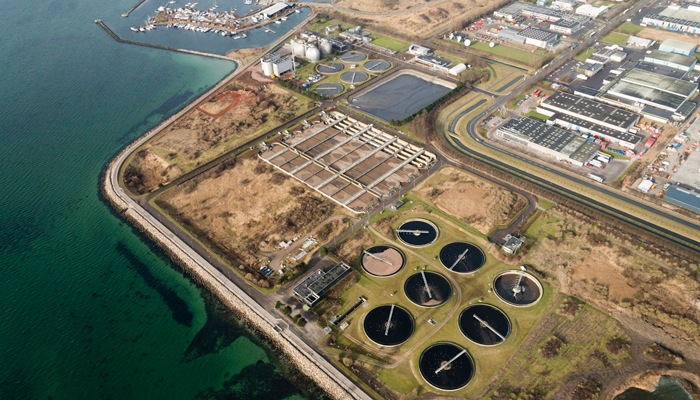
Comparison of N2O Measurement Technologies
As part of Denmark’s ambitious climate goal to reduce greenhouse gas emissions by 70% by 2030, the AWAIRE project was launched to evaluate and compare measurement technologies for N2O emissions in wastewater treatment. Unisense Environment contributed with our N2O Wastewater System with liquid phase measurements. Our Liquid Phase Sensor (LPS) technology was tested extensively at one of Denmark’s largest wastewater treatment facilities, BIOFOS Avedøre.
Nitrous oxide (N2O) is a powerful greenhouse gas, with a global warming potential 273 times higher than CO2. In wastewater treatment, N2O emissions result primarily from biological nitrogen removal processes, and they can account for a substantial portion of a plant’s climate footprint.
Project Overview
The AWAIRE project aimed to develop and validate effective measurement methods for accurately quantifying N2O emissions. The core technologies assessed were:
- Liquid Phase Sensors (LPS) – continuous in-tank N2O monitoring.
- Drone Flux Measurement (DFM) – remote sensing of emissions using drones.
- Tracer gas Dispersion Method (TDM) – mobile ground-based measurement using tracer gases.
- Eddy Covariance (EC) – high-frequency tower-based flux measurements.
Liquid Phase Sensors: Real-Time Process Insight
The Unisense Environment sensors were a central element of the AWAIRE project. Installed directly in the biological treatment lines, our sensors continuously monitor N2O concentrations in the liquid phase. When combined with data such as airflow, temperature, and tank volume, LPS outputs can be used to calculate plant-wide N2O emissions (Section 6.2).
During the project, LPS outputs were refined and integrated into Veolia’s Hubgrade Performance Plant system. Sensor drift was corrected, and sensor placement was optimized to ensure representative readings across tanks (Section 9.2.2).
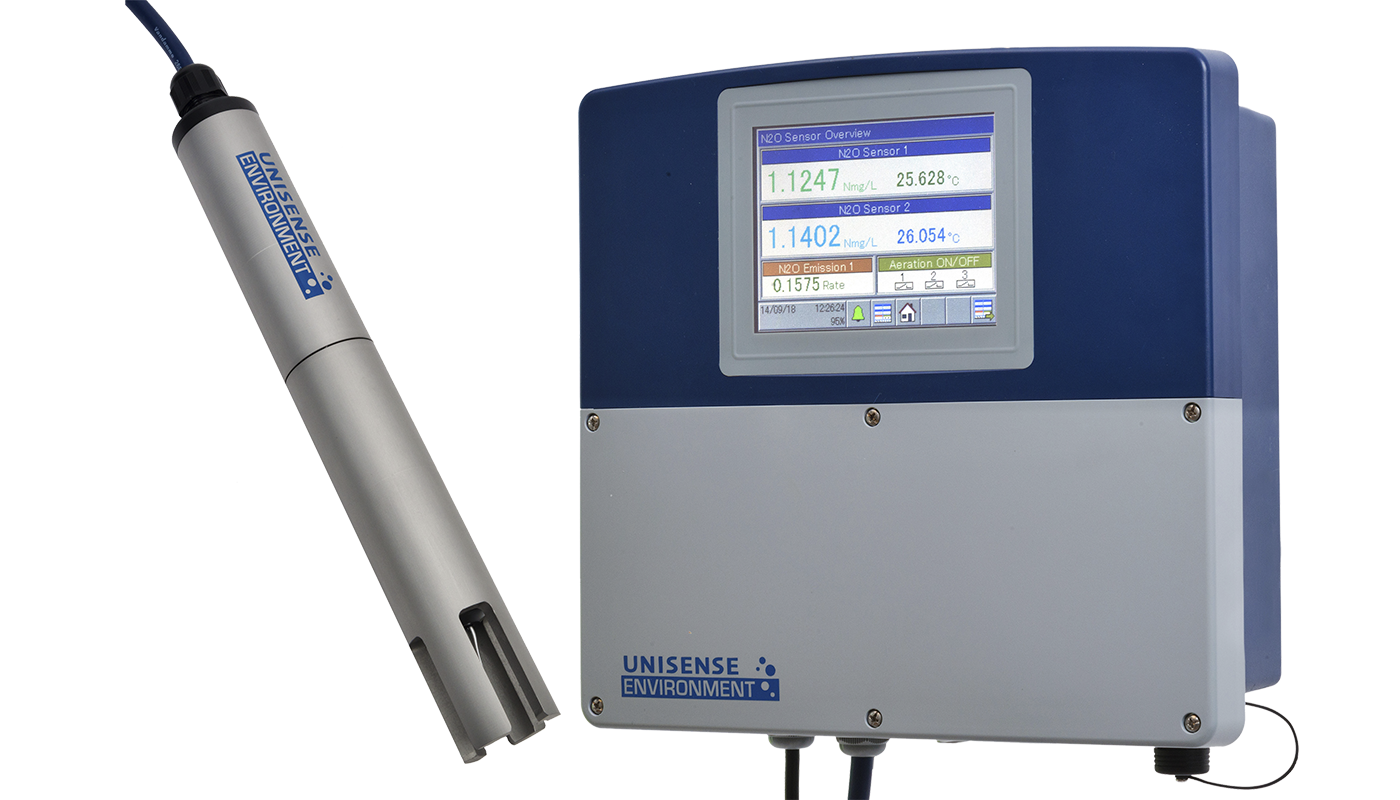
Drone Flux Measurement: Aerial Monitoring of Emissions
DFM, developed by Explicit ApS and adapted for N2O, uses drones equipped with gas analyzers and wind sensors to traverse the emission plume downwind of the plant. Each flight collects data across a “flux wall,” capturing changes in gas concentrations and wind vectors across altitude and distance (Section 3).
This method was accredited for N2O under ISO 17025:2017 during the project and proved effective in estimating overall plant emissions. DFM provides valuable data for validating and calibrating LPS-based emissions models (Section 3.8.2).
Tracer Gas Dispersion Method: Benchmark for Validation
TDM, developed and validated by DTU, Technical University of Denmark, involves releasing a known quantity of tracer gas at the emission source and measuring the dispersion of both tracer and N2O gases. It does not rely on wind measurements, making it robust under variable weather conditions. TDM served as a benchmark for validating the other measurement methods (Section 4).
Comparison of Methods: Consistency in Results
Extensive field campaigns at BIOFOS Avedøre allowed for direct comparison between DFM, TDM, and LPS. Key findings include:
- Across 38 DFM and 41 TDM measurement campaigns, emission rates differed from LPS estimates by less than 20% on average (Section 9.2.1).
- Daily average emissions for DFM were 4.28 kg N2O/h versus 4.44 kg N2O/h from LPS.
- For TDM, daily averages were 4.96 kg N2O/h compared to 4.30 kg N2O/h from LPS.
The results demonstrate that LPS offers consistent emissions data in line with remote sensing methods (Section 9.2.2). These remote methods are particularly useful for full-plant validation and can confirm extrapolations from individual tanks to total site emissions.
Eddy Covariance
EC towers were deployed during the project to study emission dynamics at high temporal resolution. The method offered useful insights into diurnal and seasonal variability, and EC data showed strong alignment with LPS-derived models when sensor placement was optimized.
However, EC N2O flux rates are determined over an imaginary area or “footprint” near the tower and this area depends on wind direction, tower height, and other factors, hence dynamic definition of this footprint requires further research. (Section 9.4).
Emission Factors and Regulatory Implications
The project also assessed N2O emission factors—defined as the percentage of influent nitrogen converted to N2O:
- DFM: 1.8%
- TDM: 2.2%
- LPS: 1.8% on the same measurement days (Section 10)
These figures confirm the reliability of LPS-based emissions calculations and support their use in regulatory compliance and climate reporting. The high variability of emissions further emphasizes the importance of continuous monitoring (Sections 9.3 and 12).
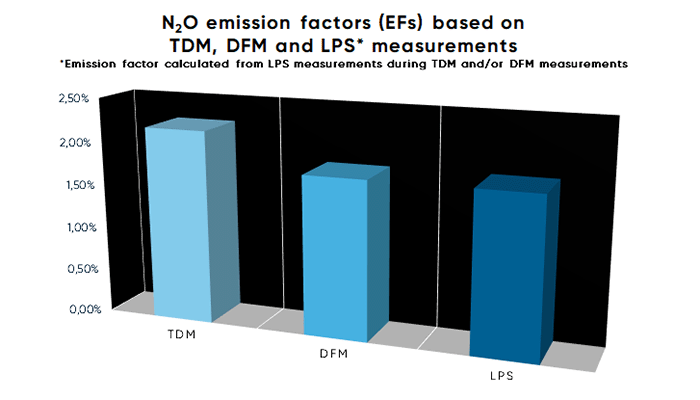
Future Recommendations
The AWAIRE project proposes a framework for future national N2O monitoring that includes:
- Use of LPS for continuous, plant-integrated monitoring and emissions modelling.
- Periodic validation with DFM or TDM to ensure full-plant accuracy.
- Standardized protocols for consistent emissions reporting across WWTPs (Section 11).
Conclusion
The AWAIRE project validated Unisense Environment’s LPS technology as a reliable tool for real-time N2O monitoring in wastewater treatment. LPS systems provide the granularity and continuity needed to understand and manage emissions—and to comply with future environmental regulations.
While DFM and TDM add value for verification and plant-wide assessments, LPS remains the foundation for day-to-day emissions monitoring. Together, these methods support a robust and scalable approach to reducing N2O emissions across the wastewater sector.
Tech Notes and References
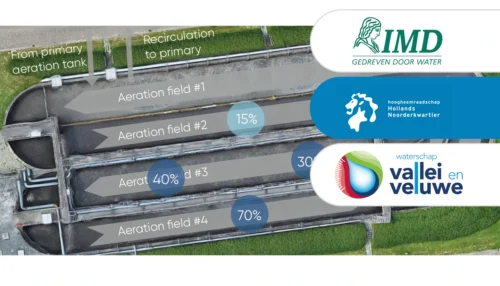
Two liquid phase N2O sensors accurately represent process dynamics and emissions in most common raceway and recirculation reactors.
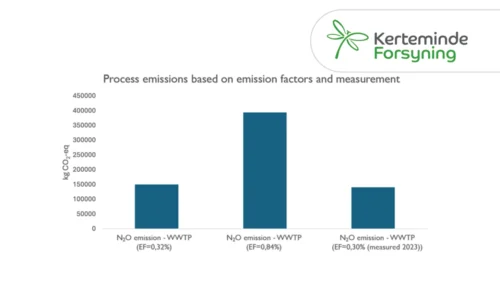
Learn how Kerteminde Forsyning applied nitrous oxide data to reduce the formation of N2O while maintaining low nitrogen emissions
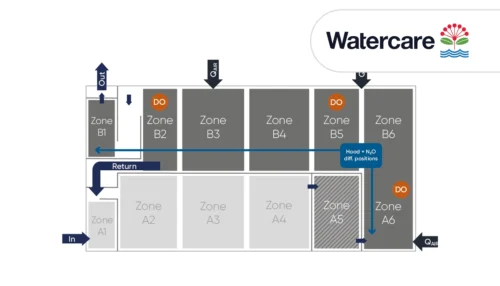
Case Study: Full-scale comparison of N2O emissions determined by liquid sensors and off-gas measurement
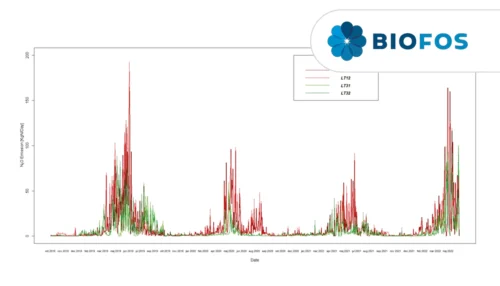
Significant 3-fold increase in IPCC2019 wastewater N2O emission factor supported by Danish studies.
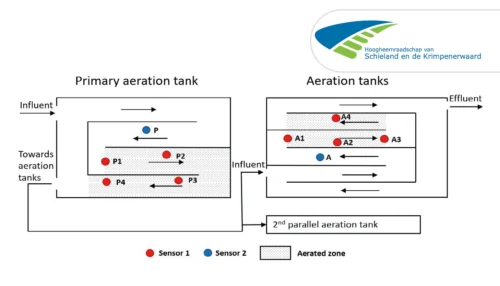
A case study from Kralingseveer WWTP in the Netherlands explores the influence of sensor placement.
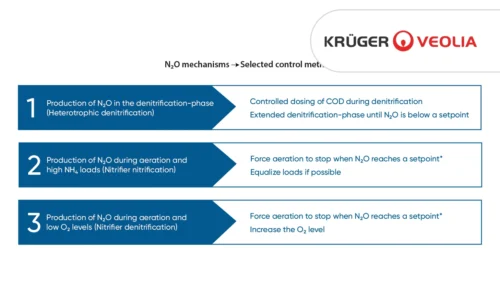
Based on data from Danish WWTPs through advanced online-control.
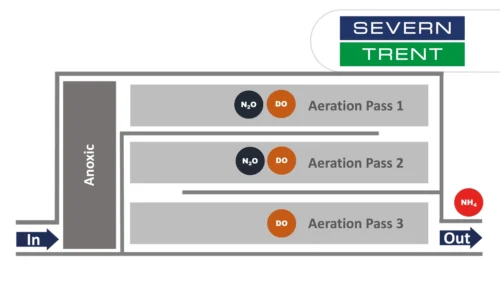
Learn about the results from N2O monitoring in the activated sludge tanks at Severn Trent’s Spernal sewage treatment plant
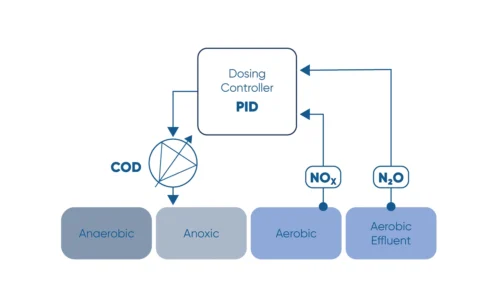
Monitor the N2O concentration in the liquid and use N2O as a control parameter for carbon dosage in the denitrification process.
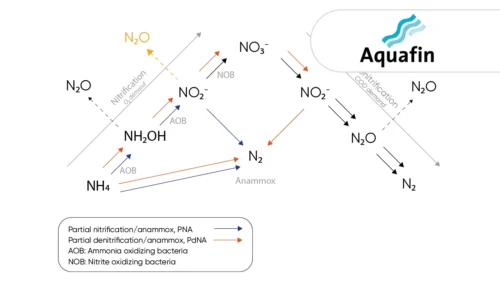
Learn how the water utility Aquafin controls emissions from deammonification processes using the the N2O Wastewater Sensor
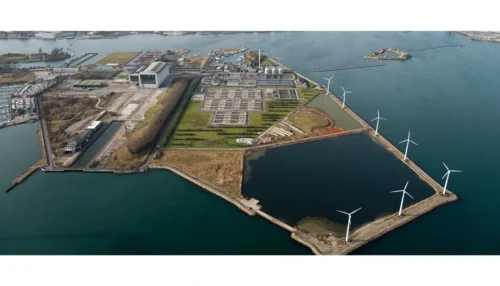
Greenhouse gas emissions at wastewater treatment plants are coming into focus as the water industry works to reduce its climate footprint
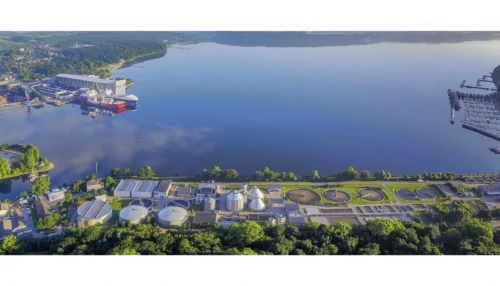
The investment costs had initially deterred us somewhat. However ...
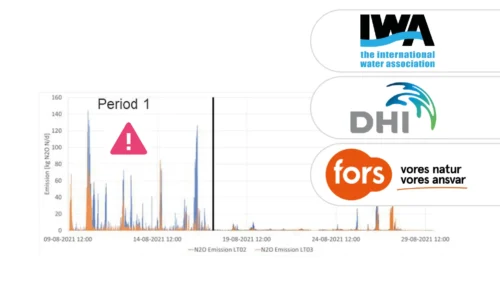
A study of three very different WWTPs in Denmark: Bjergmarken (125,000 PE), Holbæk (60,000 PE), and Hvalsø (11,570 PE)
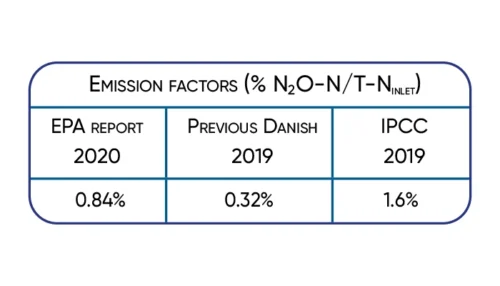
The available data show that the nitrous oxide emission varies in time and between wastewater treatment plants.
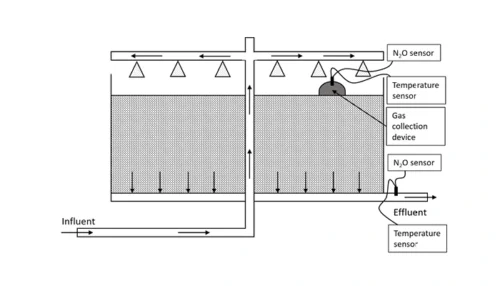
Information regarding N2O emissions from trickling filters is limited, partly caused by the difficulties in capturing off-gases.
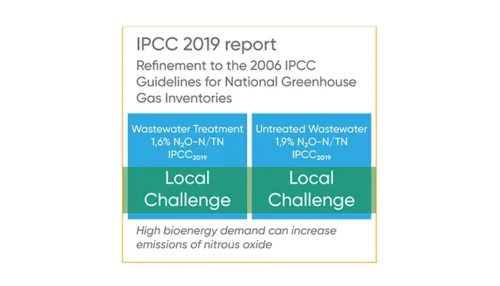
Significant 3-fold increase in IPCC2019 wastewater N2O emission factor supported by Danish studies.
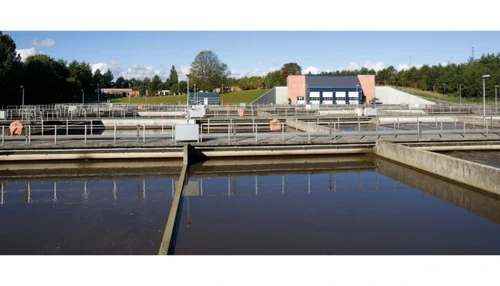
VCS Denmark, one of the largest and oldest water and wastewater companies in Denmark, is actively committed to resource optimization
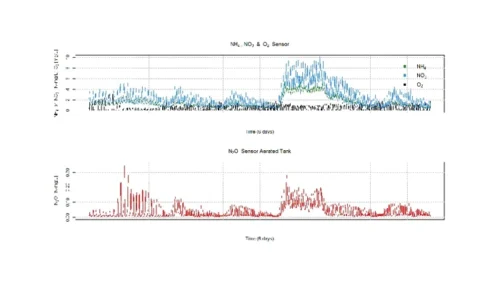
Frederikshavn Water Utility contacted Unisense Environment for assistance in determining the actual N2O derived CO2 footprint
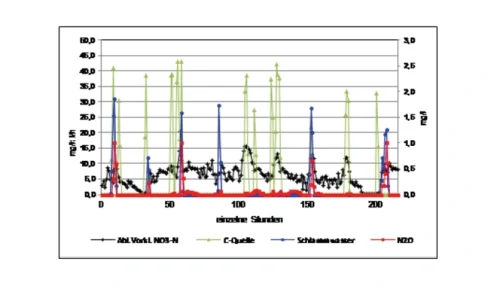
WWTP Pforzheim uses an N2O sensor to determine the formation rate of nitrous oxide in the denitrification and the nitrification zone
